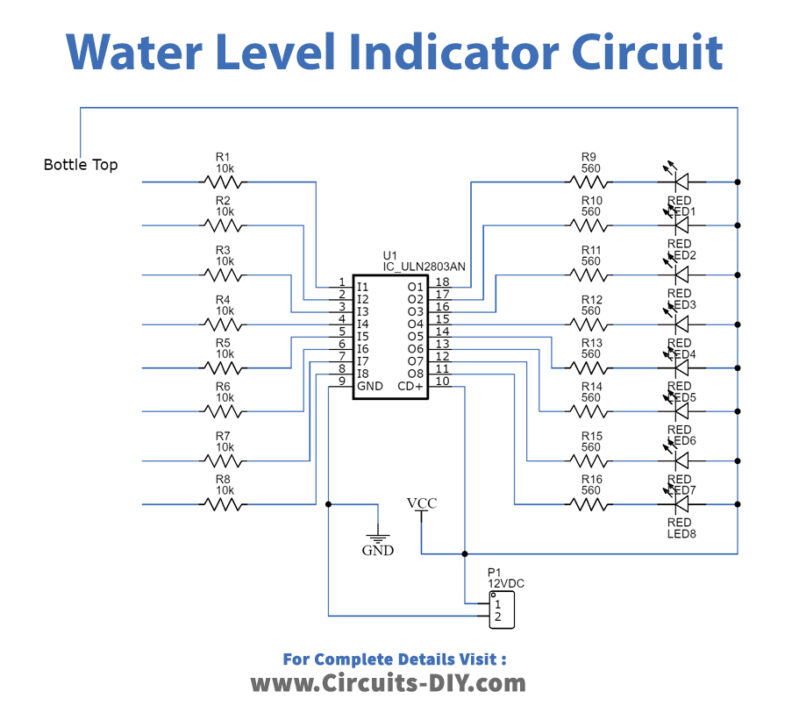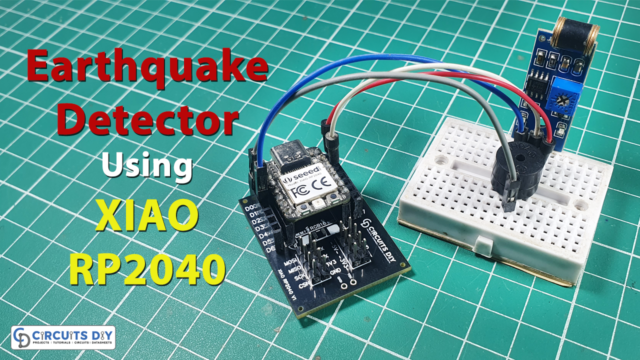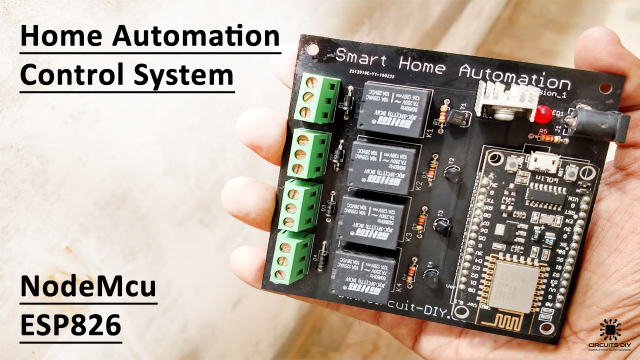Introduction
As the name implies, a water level indicator is a system that indicates certain levels of water or any liquid and is therefore utilized in so many places. For example, in industries, it can measure the tank level of the boiler; in agriculture, it is used to monitor the water that crops need. A homemade water level indicator is a circuit that collects water levels in reservoirs or tanks. Thus, We may use this basic system in a variety of places. And water level indication circuits are employed in industries, chemical plants, and other liquid storage systems.
Making the water level circuit; only requires fundamental electronic knowledge and some essential electronic components. Follow our tutorial to make it easier for you.

PCBWay commits to meeting the needs of its customers from different industries in terms of quality, delivery, cost-effectiveness, and any other demanding requests. As one of the most experienced PCB manufacturers in China. They pride themselves to be your best business partners as well as good friends in every aspect of your PCB needs.
Hardware Components
The following components are required to make Water Level Indicator Circuit
| S.no | Component | Value | Qty |
|---|---|---|---|
| 1. | PCB | – | 1 |
| 2. | IC | ULN2803AN | 1 |
| 3. | Resistor | 560 ohms, 10K | 8, 8 |
| 4. | LED | – | 8 |
| 5. | Supply | 12V dc | 1 |
| 6. | Wires | – | 1 |
ULN2803AN Pinout

For a detailed description of pinout, dimension features, and specifications download the datasheet of ULN2803AN
Water Level Indicator Circuit

Working Explanation
A ULN2803 integrated circuit is at the core of this homemade water level indicator circuit. The ULN2803 is an eight-Darlington-array IC with eight Darlington transistors. All transistors’ bases are linked from pin 1 to pin 8, through which 10K resistors are connected. These pins are working as the individual probe for different levels. The positive rail is the bottom probe going in the bottle top. When the water level reaches each probe, an electrical connection is established between the positive rail and the probe, causing the connected LED to glow.
Application and Uses
- In industries, the level of chemicals that can flow is detected using level indicators.
- To continually monitor the level of water in the dams.
- Commercially, to indicate the water level of overhead ranks
- Also, in agriculture, and the farming system.












